Bill Bryson is an excellent companion for a trip — it can be a physical journey or an intellectual one, doesn’t really matter which. He’s an award-winning author whose writing has led him up the Appalachian Trail, around the United States and Britain, and through the history of science and language, a writer whose breadth of interest and felicitous style make both fact and anecdote go down easy.
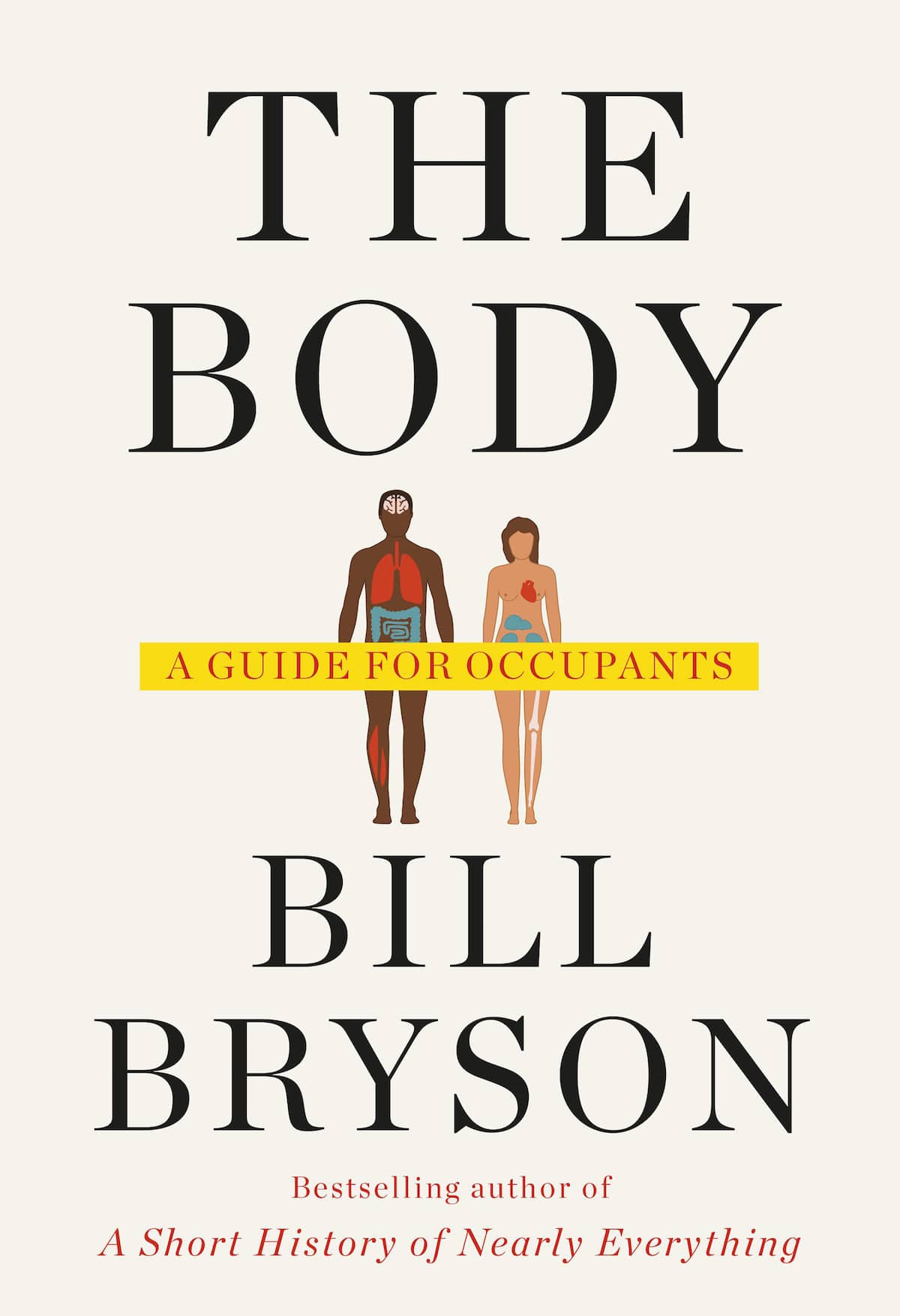
BOOK REVIEW — “The Body: A Guide for Occupants,” by Bill Bryson (Doubleday, 464 pages).
Now Bryson has turned to the human body with “The Body: A Guide for Occupants,” meandering around its organs in his usual leisurely, amused way, always on the lookout for interesting landmarks and overlooked perspectives.
Readers of a certain age may flash back to 20th Century Fox’s “Fantastic Voyage,” a 1966 movie of forgettable plot but remarkable special effects, in which a team of scientists shrink to microbial size and travel the body’s tubes and vessels against a background of giant blood cells and shiny, pulsating organs. (“Fantastic Voyage” should not be confused with Disney’s 1963 “Incredible Journey,” in which two lost dogs and a cat travel the northern forests of Canada to get home. For one thing, the first movie memorably stars a tiny Raquel Welch, although a 1993 remake of the Disney movie does feature Sally Field voicing the cat’s lines, in what might be considered a similar miniaturization of an outsize screen personality.)
The previous parenthetical observation is a test. If lengthy detours to marginally relevant yet potentially evocative and thought-provoking minutiae irritate you, stop right here: Bryson’s book will irritate you too, and you should go read “Gray’s Anatomy” cover to cover instead. Meanwhile, everyone else will be interested to learn that the renowned British anatomist Henry Gray was, like so many of the medical scientists Bryson encounters on his travels, remarkably adept at elbowing colleagues out of the way for fame and fortune: It was an underpaid medical student named Henry Vandyke Carter who did most of the dissections and every one of the drawings for Gray’s 1858 classic anatomy text, the one that no one ever calls “Gray’s and Carter’s Anatomy.”
Bryson starts off with a short review of the market price of the chemical components of the human body (anywhere from a few hundred dollars to a few hundred thousand, depending on which set of experts you believe). Then he heads for his trailhead, the skin, which is “our largest organ, and possibly the most versatile,” he writes. “It keeps our insides in and bad things out.” Deceptively mundane, that beginning, but soon enough he reaches his stride in a dissection lab, contemplating a translucent slice of epidermis, its pigment almost imperceptible, and considering all the historical agony resulting from such a subtle biologic variation.
Then it’s off to the hair. “We are actually as hairy as our cousins the apes,” he writes. “It’s just that our hair is much wispier and fainter.” Then the brain, which he describes as “strikingly unreliable” and then the skull. Naturally, he stops there for a few words on phrenology (the study of skull bumps, “always a marginal pursuit”) and a longer review of the more precise if equally worthless pseudoscience of craniometry, whose 19th-century practitioners used to explain criminal behavior by measuring many different dimensions of many, many skulls. Who other than Bryson would then wander off to the chin? “The chin is unique to humans, and no one knows why we have one. It doesn’t seem to confer any structural benefit to the head, so it may be simply that we find a good chin dashing.”
Eyes, ears, tongue, mouth, and teeth flash by. We dally for a while in the throat: In 1843, an eminent British engineer named Isambard Kingdom Brunel accidentally swallowed a gold coin while performing a magic trick for his kids. The coin lodged midway down his throat and didn’t move for weeks. Brunel was slapped, shaken, and pummeled by friends, relatives, and doctors; he underwent an aborted surgery (sans anesthetic, he almost suffocated), all to no avail. Finally, he strapped himself into an inverting swing he himself invented on what might be called an urgent ad hoc basis, and the coin rolled out. “The mouth is a place of peril,” Bryson concludes blandly. “We choke to death more easily than any other mammal.”
Deep in the viscera, the stories become a little more familiar. The heart is discussed both as metaphor and pump, along with the remarkably recent discovery that high blood pressure is not a good thing. (Well into the 20th century many doctors thought it indicated an admirable vigor.) Cardiac catheterization, bypass surgery, and heart transplants are all lifesaving, and yet, Bryson points out, “you are 70 percent more likely to die from heart disease today than you were in 1900.” For one thing, some much vaunted heart procedures are of dubious benefit, while triumphs against infectious killers have let many people live long enough for their hearts to wear out.
None of this will be news to readers who know the territory; neither will Bryson’s discussions of the marvels of the human microbiome, the perils of the modern diet, the tolls of obesity, or the fact that sanitation managed to dramatically curb infectious diseases well before antibiotics came along. But even in these familiar zones there are rarely mentioned byways. For instance: Often culpably overlooked in medical science are two poultry scientists (Bruce Glick and Timothy Chang) whose seminal work on the function of the antibody-producing B lymphocyte was dismissed by the journal Science as “uninteresting.” Joining them among the undersung is Theobald Smith, a late 19th-century U.S. government microbiologist whose seminal work with Salmonella and Babesia, important human pathogens, won him respect but no lasting fame — both organisms were named for someone else.
The strength of the fragile human skeleton might surprise you. In 1944, a British bombardier leaped from his burning plane without a parachute and fell three miles to earth, crashing through trees and landing in a snowbank more or less unharmed. And consider the bizarre vicissitudes of geography: Did you know that three of the more notable individuals in medical history — Phineas Gage, the railroad worker who had an iron bar blast through a frontal lobe in 1848 and reportedly suffered only a bad personality change; Alexis St. Martin, whose chronic fistula between stomach and skin enabled early studies of gastric physiology; and scientist Nettie Stevens, who discovered the X and Y chromosomes — all lived in the tiny town of Cavendish, Vermont, although not at the same time? Now you know.
Another one of Bryson’s books, the encyclopedic “A Short History of Nearly Everything,” was, according to a profile in The Guardian, judged “annoyingly free of mistakes” by an unnamed “top scientist.” I’m no top doctor, but unfortunately I can’t say the same for “The Body,” which is peppered with little errors. Bryson gets all tangled up in the reasons why kidney failure goes arm in arm with hypertension (this is complicated territory, but no, it’s not all about the sodium), and flubs an explanation of Gram staining, the venerable technique for distinguishing some bacteria from others. (It has exactly nothing to do with antibodies.) He says that almost all sensory information is processed in the hypothalamus, but that’s the thalamus he’s talking about. He disses the smallpox vaccine, saying it “doesn’t last.” (That’s complicated too, but in most people it does.) He visits a children’s cancer hospital and notes the tiny bald kids scooting around the wards in go-carts with “breathing tubes” coming out of their nostrils. Actually, those are feeding tubes; kids with breathing tubes are far too sick to scoot.
But this is petty stuff, just a few pebbles in the traveler’s boot. Midway through “The Body,” no longer counting pages till the end, as, sadly, reviewers often do, I suddenly realized that I should absolutely not forget to recommend this book to every student of medicine or biology on the planet. Not for the science, which can be found in a more detailed and accurate form elsewhere, but for the view, a sweep of landscape with endless little tragicomedies playing out within. Those poor hunched students laboring in closed spaces — presumably they signed on in the first place to get a glimpse of this glorious Bruegelian panorama. Or, at least, they should have.
Abigail Zuger is a physician in New York City and a longtime contributor to The New York Times.






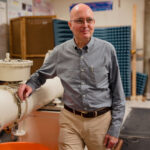

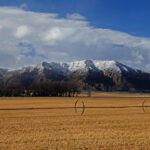
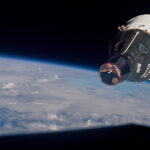
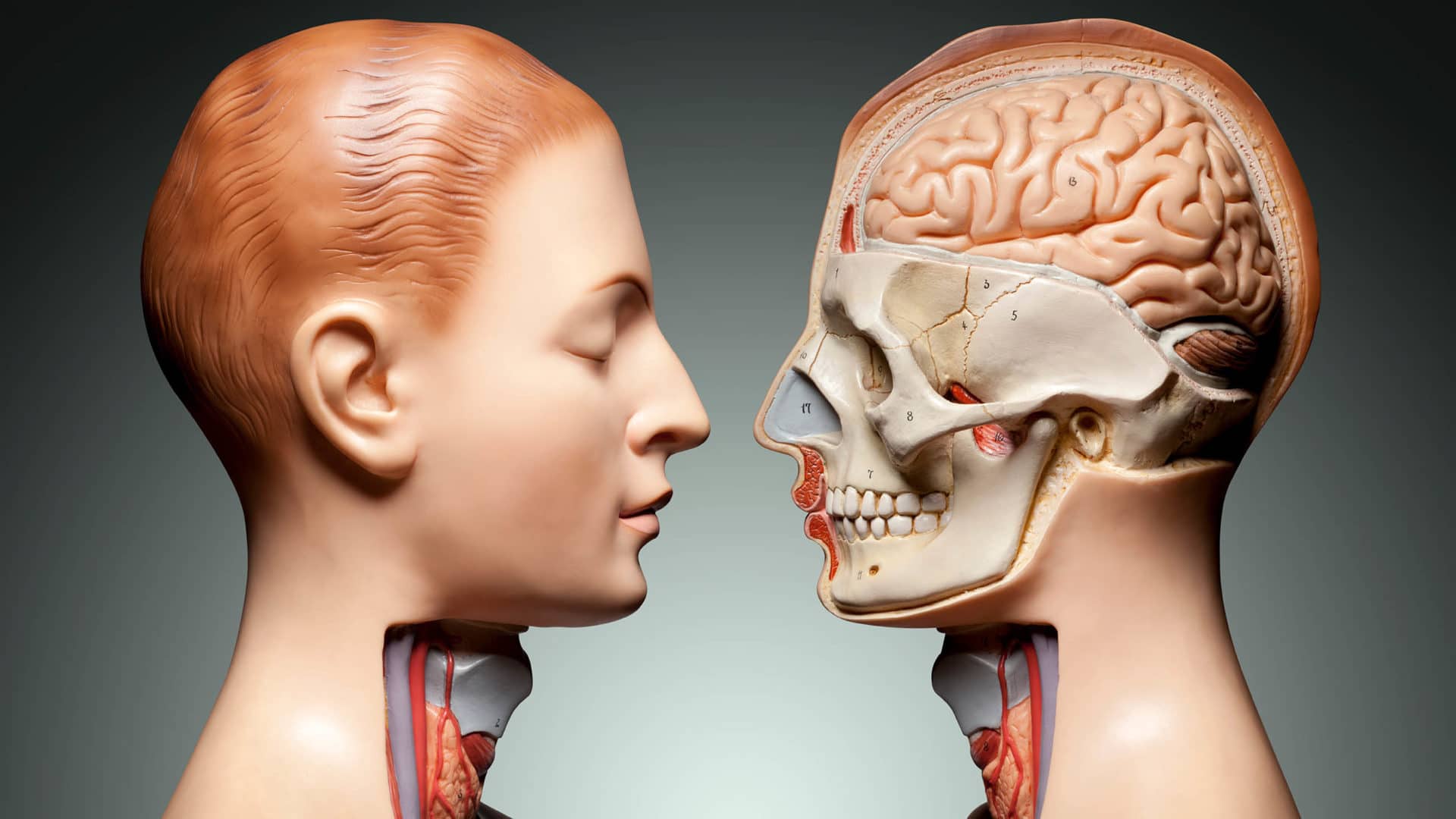

Comments are automatically closed one year after article publication. Archived comments are below.
What a great review of one of my favorite authors. Every book I’ve ready by him has been highly entertaining as well as a source of information I might have never come across any other way. For those who haven’t read him, I highly recommend the first chapter of “Lost Continent” for Bryson at his best.